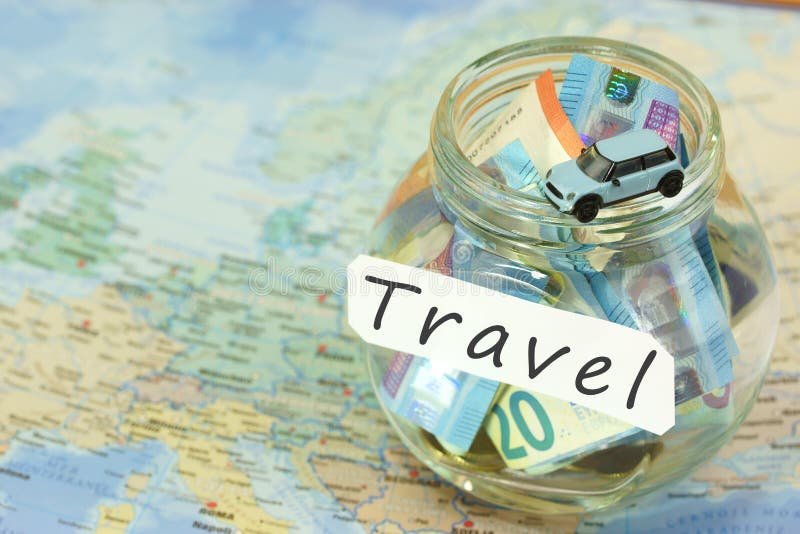Let’s face it, rainy days are inevitable. But they don’t have to ruin your financial plans. That’s where the “rainy day fund” comes in handy.
A rainy day fund is essentially an emergency savings account that you can dip into when unexpected expenses pop up. Whether it’s a car repair or a sudden medical bill, having this extra cash on hand can help alleviate stress and keep you on track with your budget.
So how much should you save in your rainy day fund? Financial experts recommend aiming for at least three to six months’ worth of living expenses. This might seem like a lot, but remember that the purpose of this fund is to prepare for unexpected events like losing your job or experiencing a major health issue.
To start building your rainy day fund, consider setting aside a small amount from each paycheck until you reach your goal. You can also look into high-yield savings accounts that offer better interest rates than traditional banks.
In summary, while we can’t predict when life will throw us curveballs, we can be prepared by having a rainy day fund ready to go. It may not make the rain go away, but it will certainly make weathering the storm easier!

